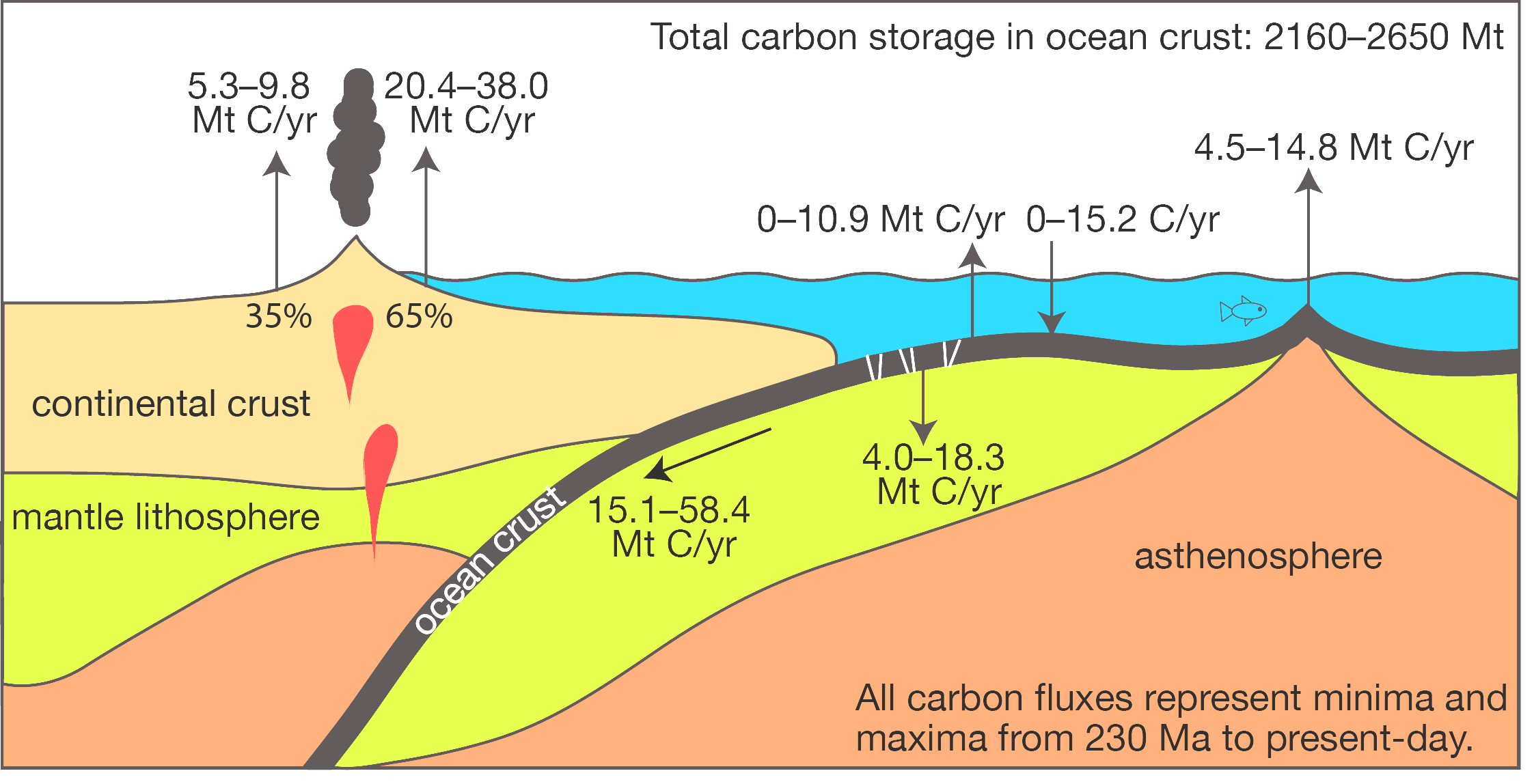
shellfish industry to ocean acidification revealed a number of hotspots: the Pacific Northwest, Long Island Sound, Narragansett Bay, Chesapeake Bay, the Gulf of Mexico, and areas off Maine and Massachusetts. In 2015, the first nationwide study showing the vulnerability of the $1 billion U.S.

But all three hitting our ocean at one time is a triple threat, with enormous implications for food security, local to global economies, jobs, and vital consumer goods and services. Along with increasingly acidified waters, the ocean is warming, and the oxygen critical to marine life is decreasing. How these fish may adapt to an eroding food supply is a critical question. Some of the two most vulnerable species are the small life forms that salmon and other commercially-important fish depend on for food. While much is still unknown about ocean acidification, science already shows that its consequences can be profound. Increasingly, corrosive waters are making it difficult for fragile marine life to build their protective shells and skeletons. This process is known as ocean acidification, and it’s literally causing a sea change that is threatening the fundamental chemical balance of ocean and coastal waters from pole to pole. The massive amount of carbon dioxide being absorbed by the ocean dissolves in seawater as carbonic acid. The consequences of disrupting what has been a relatively stable ocean environment for tens of millions of years are beginning to show.


 0 kommentar(er)
0 kommentar(er)
